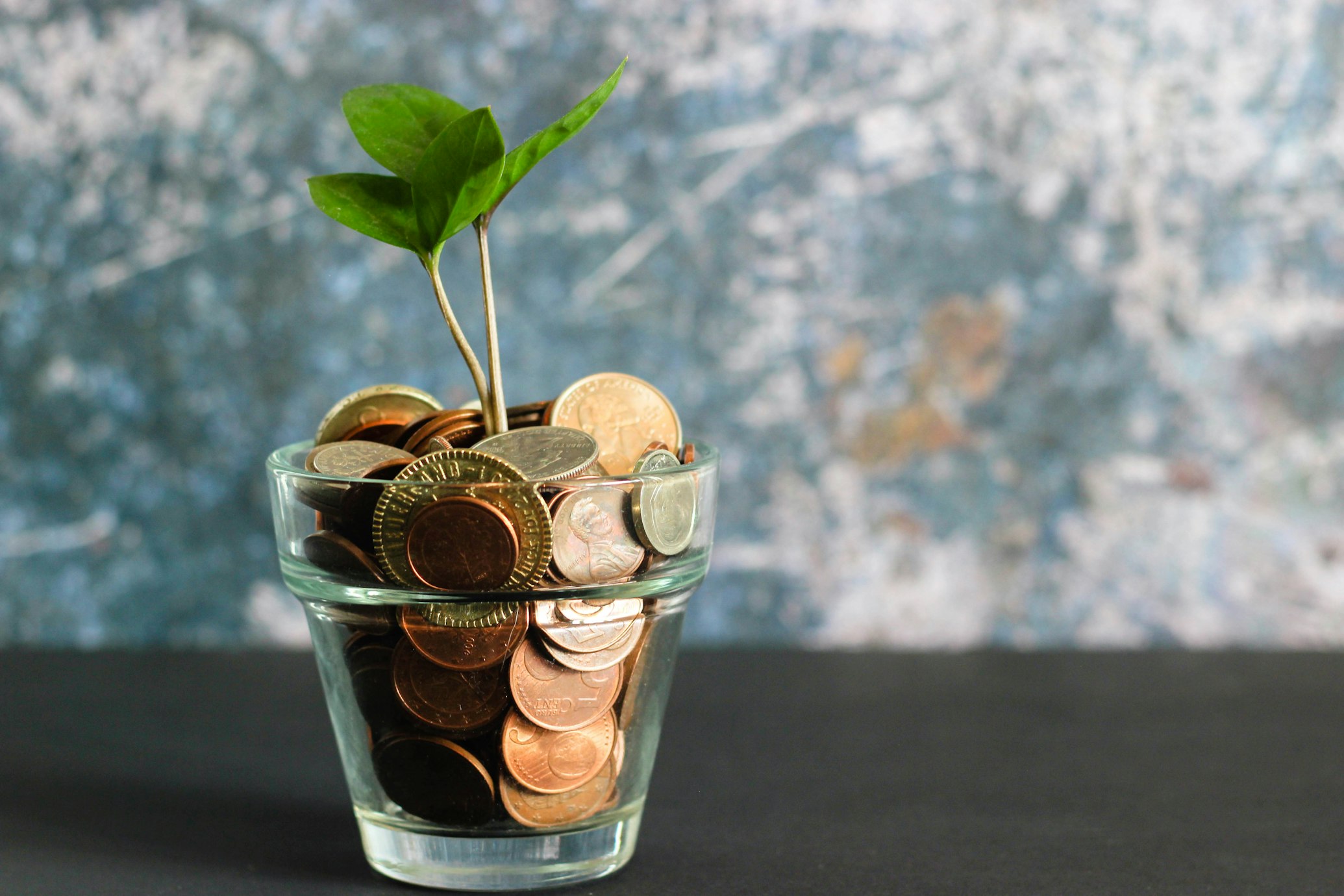How to Build an Emergency Fund as a Freelancer
As a freelancer, your income can be unpredictable, making it essential to have a financial cushion to handle unexpected expenses or periods of low income. An emergency fund serves as a safety net that provides financial security and peace of mind, enabling you to manage unexpected events without derailing your financial stability.

Importance of an Emergency Fund
Benefits of an Emergency Fund:
- Financial Security: An emergency fund helps you handle unexpected expenses such as medical emergencies, car repairs, or sudden job loss without relying on credit cards or loans.
- Stress Reduction: Knowing you have a financial cushion reduces the anxiety associated with irregular income and unforeseen financial setbacks.
- Flexibility: An emergency fund allows you to make informed decisions without the pressure of immediate financial strain, such as taking on less favorable projects or jobs out of financial necessity.
Steps to Build an Emergency Fund
1. Set Clear Goals
- Define Your Target Amount: Determine how much you need in your emergency fund. A common recommendation is to save three to six months' worth of living expenses. This amount should cover essential costs such as rent, utilities, food, and insurance.
- Assess Your Monthly Expenses: Calculate your monthly living expenses to establish a target amount for your emergency fund. Include all essential expenses to get an accurate picture.
2. Create a Budget
- Track Your Income and Expenses: Use accounting software or a budgeting app to monitor your income and expenses. This will help you identify areas where you can cut back and allocate funds toward your emergency fund.
- Allocate Funds: Set aside a portion of your income specifically for building your emergency fund. Treat this allocation as a non-negotiable expense in your budget.
3. Open a Separate Savings Account
- Choose the Right Account: Open a separate savings account for your emergency fund to keep it distinct from your regular checking or savings accounts. Look for an account with no monthly fees and a competitive interest rate.
- Accessibility: Ensure that the account is easily accessible in case you need to withdraw funds quickly but not so accessible that you are tempted to dip into it for non-emergencies.
4. Automate Contributions
- Set Up Automatic Transfers: Arrange for automatic transfers from your checking account to your emergency fund savings account. Automating contributions ensures consistent saving and reduces the temptation to spend the money.
- Adjust as Needed: If your income fluctuates, adjust the transfer amount accordingly. Increase contributions during periods of higher income and maintain a minimum contribution during leaner months.
5. Monitor and Adjust
- Regularly Review Your Fund: Periodically check your emergency fund balance and compare it to your target amount. Adjust your savings plan if necessary to stay on track.
- Reevaluate Your Target: As your income and expenses change, reassess the amount you need in your emergency fund and adjust your target accordingly.
How Much to Save and Where to Keep It
1. Determining the Right Amount
- Three to Six Months' Expenses: Aim to save between three to six months' worth of living expenses. This range provides a sufficient buffer for most emergencies.
- Personal Considerations: Consider factors such as job stability, health, and family responsibilities when determining your target amount. If you have dependents or face higher financial risks, you might want to save more.
2. Where to Keep Your Emergency Fund
- High-Yield Savings Account: A high-yield savings account offers better interest rates compared to traditional savings accounts, helping your emergency fund grow over time while keeping it easily accessible.
- Money Market Account: Money market accounts often provide higher interest rates and some checking features, making them a good option for emergency funds.
- Short-Term Certificates of Deposit (CDs): If you prefer slightly higher returns and are willing to lock in your money for a short period, consider short-term CDs. Be aware of penalties for early withdrawals.
Tips for Maintaining the Fund
1. Avoid Using for Non-Emergencies
- Define Emergencies: Clearly define what constitutes an emergency. Typically, this includes unforeseen events like medical emergencies, urgent home repairs, or temporary loss of income. Avoid using the fund for planned expenses or non-urgent costs.
- Replenish After Use: If you need to use your emergency fund, prioritize replenishing it as soon as possible to ensure you are prepared for future emergencies.
2. Regularly Review Your Budget
- Adjust Savings: Reevaluate your budget regularly to ensure you are continuing to contribute to your emergency fund, especially if your financial situation changes.
- Monitor Expenses: Keep track of your spending to identify opportunities to increase contributions to your emergency fund.
3. Celebrate Milestones
- Set Mini-Goals: Break down your emergency fund goal into smaller milestones and celebrate when you reach them. This helps maintain motivation and keeps you focused on your savings objective.
- Acknowledge Progress: Regularly acknowledge your progress toward your emergency fund goal. This positive reinforcement can encourage continued saving.
4. Review Your Financial Situation Annually
- Annual Review: At least once a year, review your overall financial situation, including your emergency fund. Adjust your savings goals and contributions based on any changes in your income, expenses, or financial goals.
- Consult a Financial Advisor: If your financial situation becomes more complex or if you need personalized advice, consider consulting a financial advisor for guidance on managing and growing your emergency fund.
Conclusion
Building and maintaining an emergency fund is a vital aspect of financial management for freelancers. By setting clear goals, creating a budget, automating contributions, and choosing the right account, you can establish a robust financial cushion to handle unexpected events and income fluctuations. Regularly reviewing and adjusting your savings plan, avoiding non-emergency use of the fund, and celebrating milestones will help you stay on track and ensure long-term financial stability. With a well-funded emergency account, you can navigate the uncertainties of freelancing with greater confidence and peace of mind.
More
articlesto browse on.Collectionsavailable
available to make visit.
